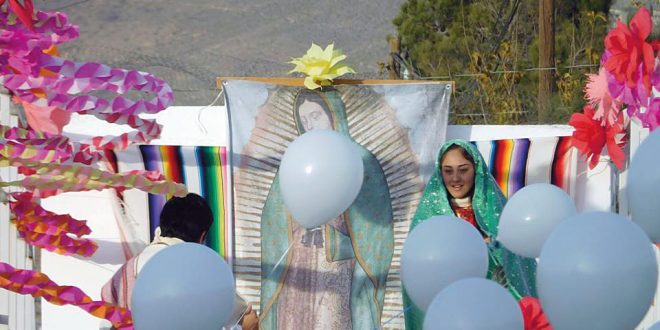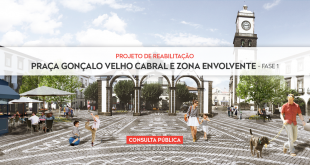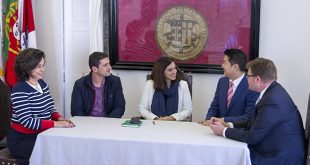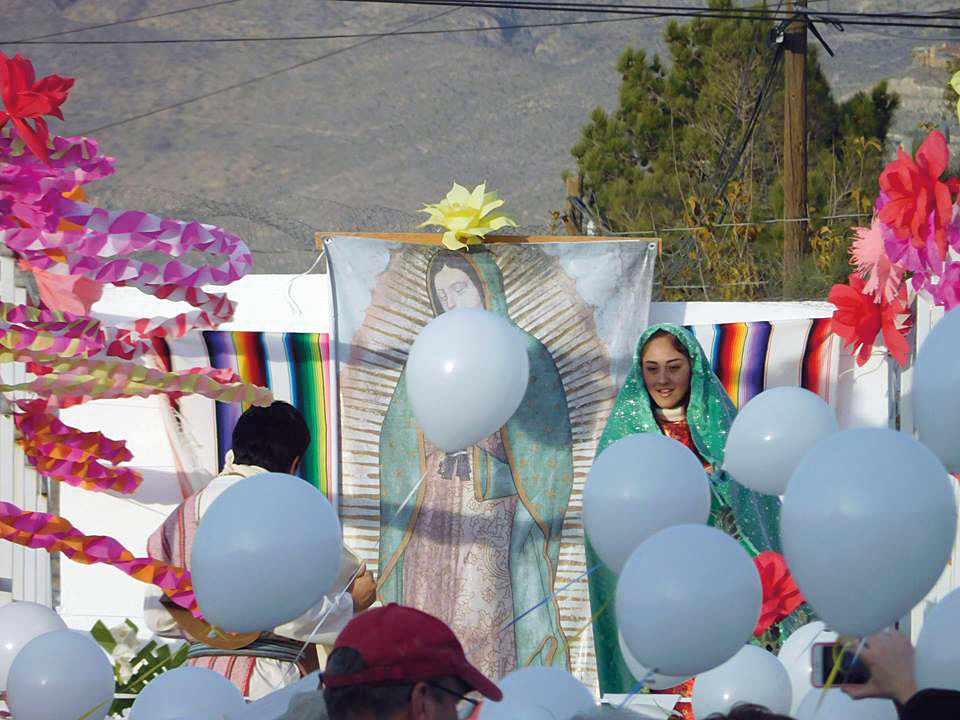
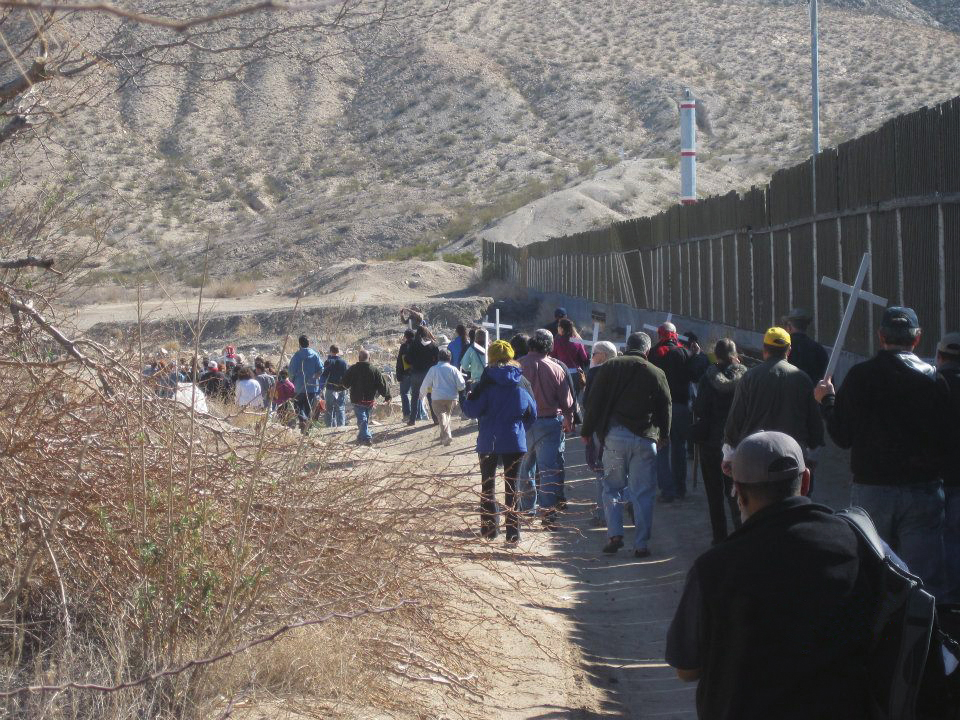
I once knew some Church workers from Chile who came to the United States and lived in both the Dallas area and El Paso. Much to my surprise they said that you could live in Dallas with just Spanish. But to live in El Paso you would need both English and Spanish. Their reasoning was this: in Dallas people lived in one community or the other. They either lived in a Spanish speaking environment or an English speaking one. In El Paso, on the other hand, people used both languages all the time – sometimes even in the same sentence!
Yes, El Paso is one amazing place. If you ever fly into the International Airport at El Paso, TX, you will be flying into one of the most culturally interesting metropolitan areas of the United States.
Texas, as we know, had once briefly been an independent country and is the largest of the contiguous United States; only Alaska covers more territory. In the far western part of Texas, El Paso is wedged between the states of Chihuahua in Mexico and New Mexico on the U.S. side of the border.
It is impressive at any time of day to look at the development stretching across the border into the fast-growing city of Juarez and almost to the southern horizon. Personally I like the view at night when the lights of Juarez look like an extensive carpet of jewels on a black background.
You cannot see much of the Rio Grande, indeed there is not much of it to see. But the border, marked by chain link fencing, is startlingly close to Interstate-10, the main arterial road that carries traffic right through El Paso as it connects the open country of West Texas with the desert of Southern New Mexico.
The interstate follows a route that the railroad has been using since about 1875, but El Paso del Norte has been a much used route for centuries before the rails were laid.
In the sixteenth century Spanish explorers passed through the area. Then in 1659 Fray Garcia de San Francisco, a missionary, founded El Paso del Norte on banks of the Río Bravo del Norte (Rio Grande). Three and a half centuries later, Pope Francis will travel northward from Southern Mexico following in the footsteps of so many migrants whose steps have brought them to this borderland.
In 1680, the small village of El Paso became the temporary base for Spanish colonial government of the territory of New Mexico as a result of the Pueblo Revolt. But in 1692 Santa Fe was reconquered and once again became the capital. El Paso remained the largest settlement in New Mexico for quite a few years, and its location meant that it changed hands several times among Mexico, the U.S., Texas, the Confederacy and the U.S. again.
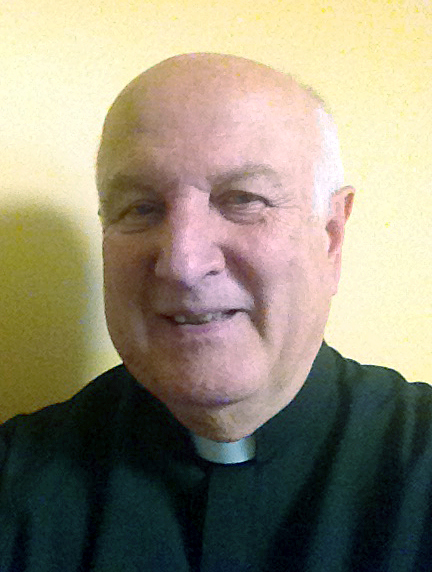
During his trip to Mexico this month, Pope Francis will fly into Juarez from Mexico City, having already visited the Southern part of the country. He will say mass within a very short distance of the U.S. border. It seems to me that the Holy Father is deliberately trying to shine a spotlight on the plight of migrants and refugees worldwide, and at the doorstep of the richest country in the world. The Diocese of El Paso is also participating in the Papal visit under the theme: Two countries, one faith.
Juarez and El Paso are two cities that breathe the same air that freely wafts across the border.
 Magazine A PRAÇA Magazine A PRAÇA
Magazine A PRAÇA Magazine A PRAÇA
